
What a difference 4 years make. It was only 2014 when one of the most spectacular buildings in all of South America was inaugurated. Filled with powerful hope then, with people seeking coalitions, with reminders of solidarity and progress across nations, it now approaches the status of a ghost town.

I am referring to the headquarters of the Union of South American Nations (UNASUR) near Quito, Ecuador. It strikes me as a singular example of how history can turn on a dime, leaving ruins behind in more ways than one, even if they are futuristic looking. Actually the building is not quite a ruin, the Ecuadoran government wants to convert it into an indigenous university with the UNASUR members who claim ownership, refusing so far. It is the idea of UNASUR that has been ruined by hostile, increasingly nationalistic reality.
https://www.star-telegram.com/news/nation-world/national/article224065275.html

UNASUR, founded in 2008 as a project of regional economic and political integration, was championed by progressive leaders such as former Venezuelan President Hugo Chavez and former Ecuadorean President Rafael Correa. It has faced challenges as a surge of right-wing governments have begun to oppose it. Chavez is dead, Lula de Silva is in jail, and members are dropping (out) like flies. Of late, six member countries – Argentina, Brazil, Colombia, Chile, Ecuador, Paraguay, and Peru – announced they were abandoning the bloc.

The goal had been to create better lives for all South American citizens, to improve their health, and, as the mission stated, create an environment of peace, equity, inclusion and justice. Lots of health-related progress was made under the aegis of UNASUR; the inability to intervene or mediate in the various growing conflicts, particularly with regard to Venezuela, however, led to the demise of the organization. They were not even able to elect a secretary general to lead integration efforts, and so the whole thing fractured.


Gloating from the likes of writers linked to below, is in no short supply.
I am struck by two things that I associate with these reports: one is the general tendency, across the world, to question or actively undermine bodies that look for ways to unite nations rather than isolate them. Name one that has gotten stronger rather than weaker in the wake of rising populism. It stands in such jarring contrast to the fact that multinational corporations in late stage capitalism have become supranational powers.


Secondly, the speed of the demise is truly scary. While we pay attention to each passing individual scandal or manipulation in our own country, history flies towards much larger fractures, almost unnoticed.

Photographs of modern architecture in CDMX, since I had no camera when backpacking through Ecuador some 40 years ago.

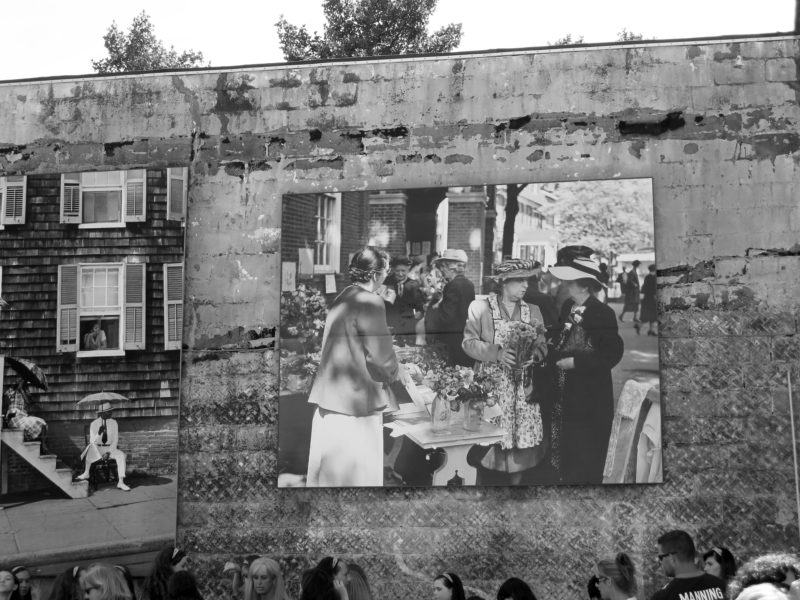















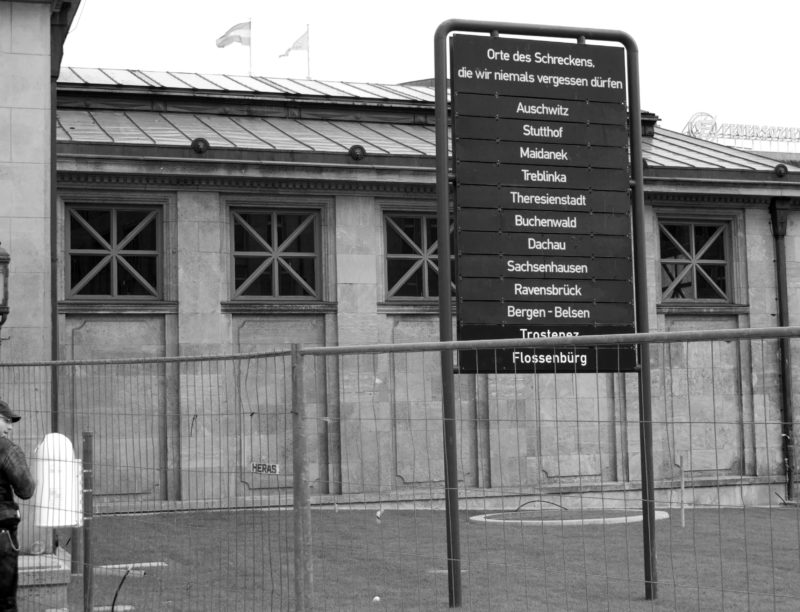














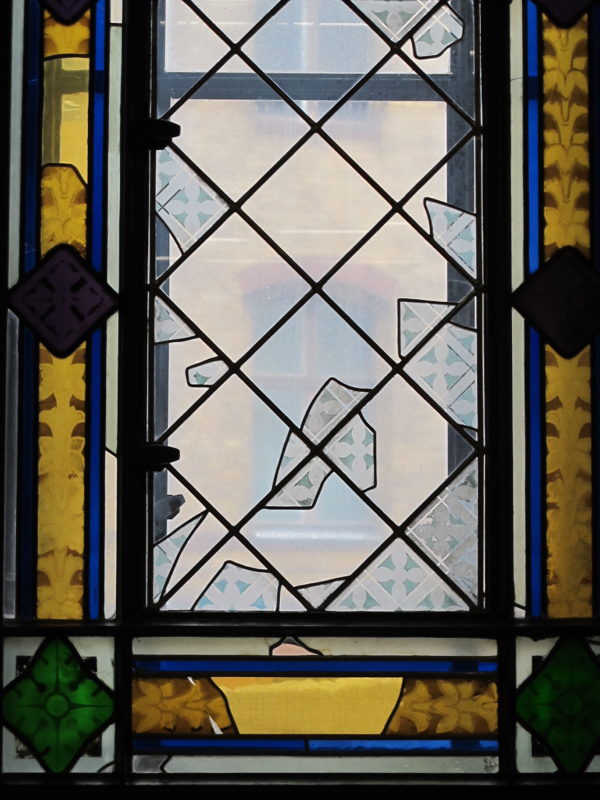







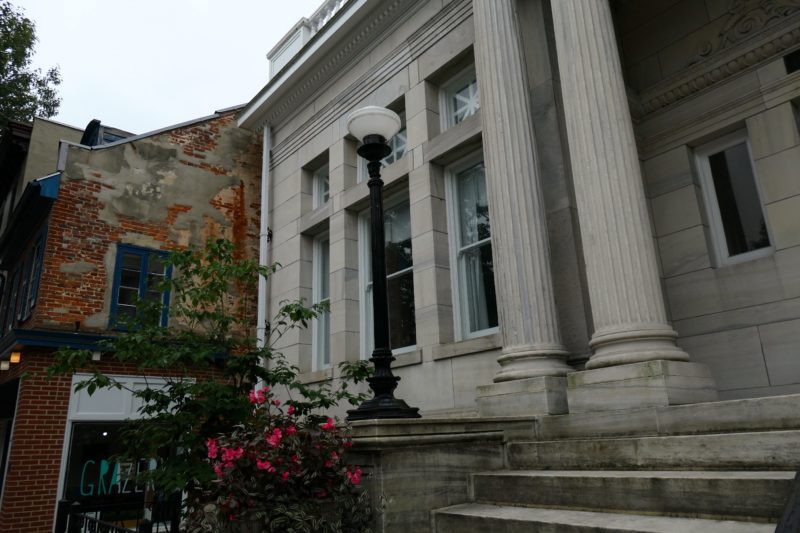


















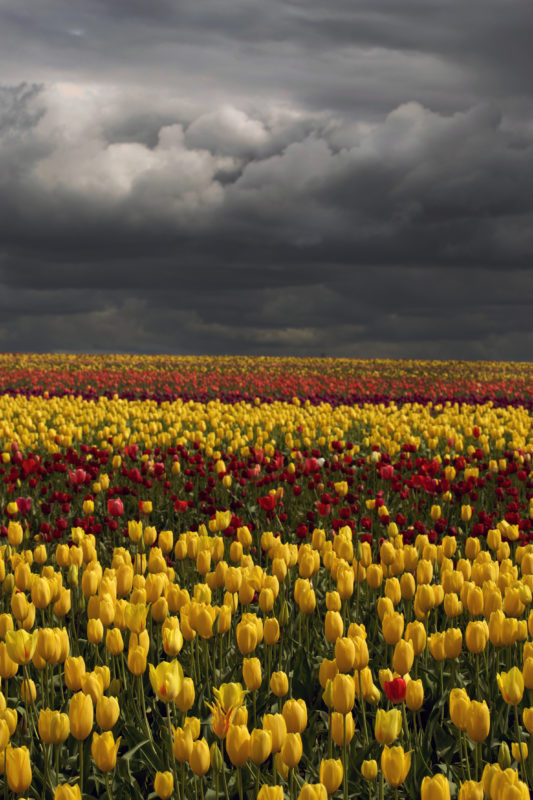






















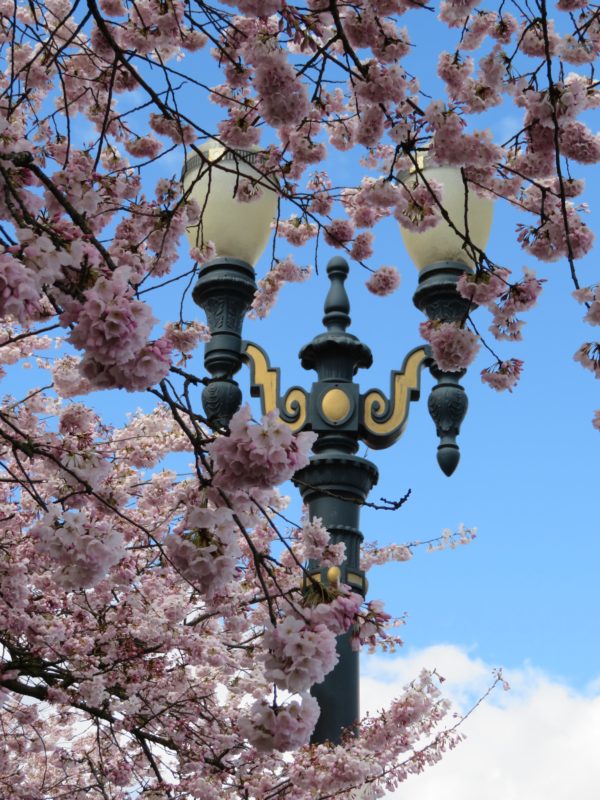























 It even taught me that you can use the head as a scrubbing pad……..
It even taught me that you can use the head as a scrubbing pad……..


